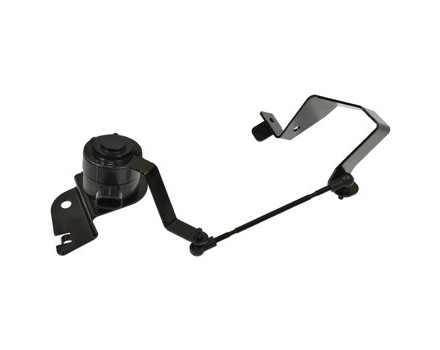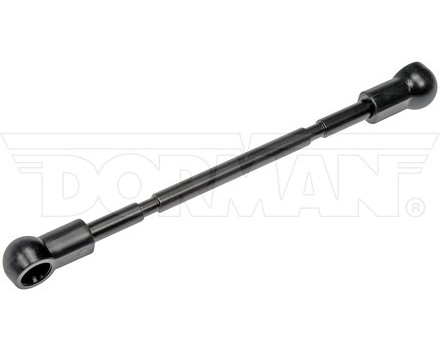Sensors
Filter Options
Important: To get started, click the blue "Filter Options" button to select your vehicle and then use the filters to narrow your options.
Important: To get started, select your vehicle on the left and then use the filters to narrow your options.
What is a sensor?
A sensor is a device that detects and responds to physical or electrical stimuli, such as light, sound, temperature, or pressure. In the automotive industry, sensors are used to detect changes in engine speed, fuel levels, and engine temperature.
How do I determine if my sensor is faulty?
There are several ways to determine if your sensor is faulty. First, check for any visible signs of damage such as cracks, rust, or corrosion. You can also check the electrical connection of the sensor and test the input and output of the sensor. If all of these tests fail, you should replace the sensor.
Can a faulty sensor cause damage?
Yes, a faulty sensor can cause damage to your vehicle. It can cause poor fuel economy, misfires, stalling, and other engine performance issues. It can also cause your vehicle to emit more pollutants, which can be a hazard to the environment.
How do I replace a sensor?
Replacing a sensor requires a few simple steps:
- Disconnect the wiring connector from the sensor.
- Remove the faulty sensor from the engine compartment.
- Install the new sensor in the same place as the old one.
- Reconnect the wiring connector to the new sensor.
- Start the engine to ensure the new sensor is working properly.
How often should I inspect my sensors?
You should inspect your sensors at least once a year or more often if you drive in harsh conditions. Be sure to check for any visible signs of damage, and if necessary, replace the sensor to prevent further damage.


